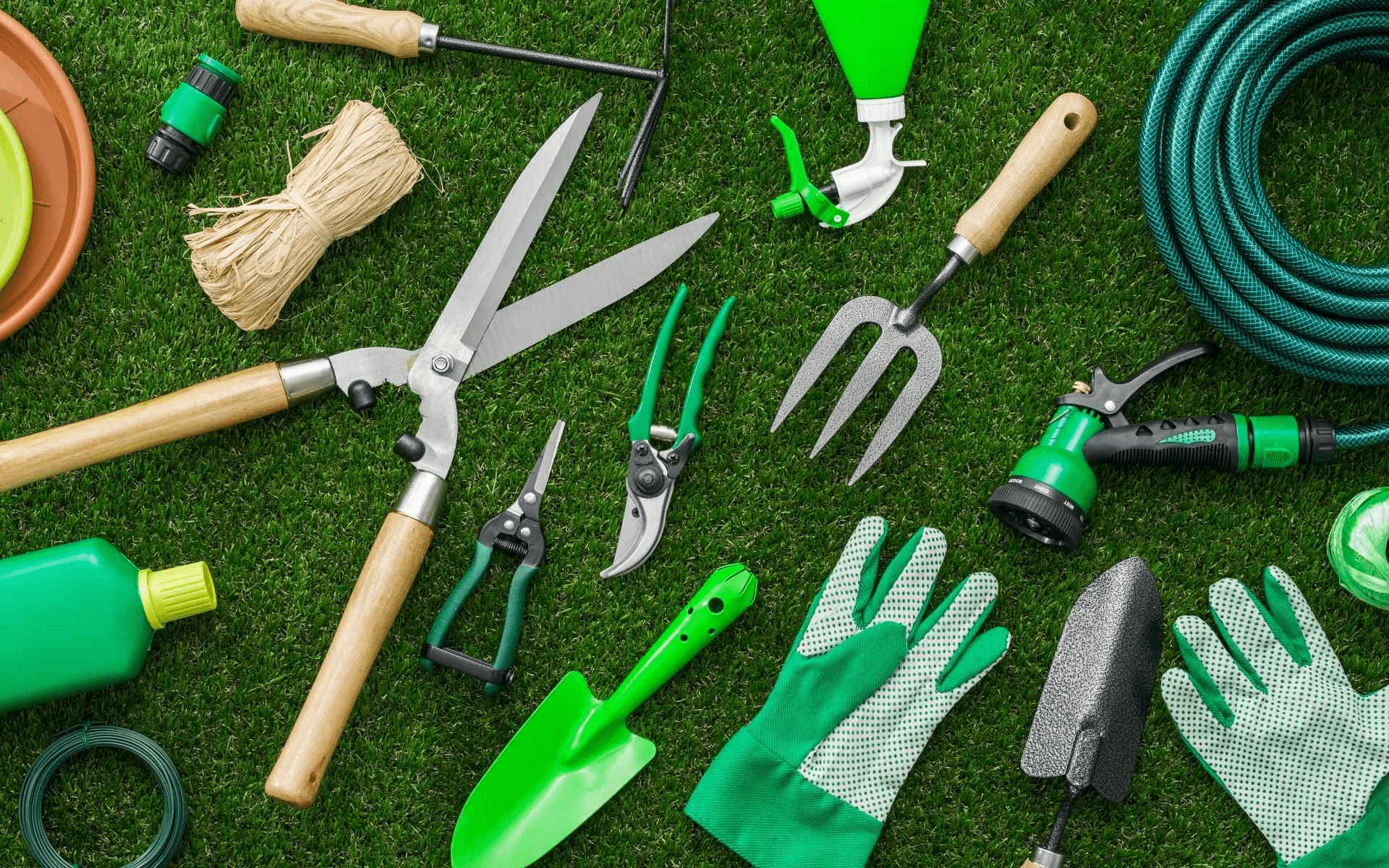Farm tools are work implements frequently used for farm operations. These operational tools are prune to wear and tear which should be maintained, repaired or replaced. Proper farm tool sanitation, maintenance, and end-of-season storage keep tools in top condition for several years’ use.
Sanitation is one of the most important aspects of operating an agricultural enterprise especially food processing facility.
Poor sanitation could have an adverse effect on product safety and could result in poor product quality especially dairy products.
Weed seeds, bacteria, viruses, and fungi could be carried over to the next season, another farm or location. This could course the spread of plant pests and diseases as they might infect future crops.
Some examples of farm tools include teat and other dairy processing equipment, cutlass, hoe, garden fork, trowel, rake, secuteurs, sprayers, watering can, sickle, wheel barrow, spade, head pan, garden fork, spanner, screw driver, axe, file, empty containers etc.
Materials for Sanitation
1. Detergent
2. Sanitizer
3. Container(s) as needed for mixing and using detergent(s) and sanitizer(s) or for washing tools
4. Brushes, sponges, or towels for scrubbing tools and equipment
5. Clean water (microbial equivalent to drinking water)

Procedure
The under listed steps will suffice in the sanitation of our farm tools and equipment.
Gather tools and equipment that are due for cleansing and sanitation in a location.
Read Also : Proper Methods of Storage and Handling of Animal Feedstuffs
Clean tools and equipment with soap and water. Use a wire brush to dislodge dirt, debris, and plant material. Rinse well.
Disinfect tools to kill pathogens.
There are many commercial disinfectants available at your local store. Follow directions on how to use, which are often written on the box or bottle.
Sharpen blades and shovels with a flat file.
Coat wood and metal with protective oil.
Linseed oil is natural oil extracted from flax seeds. It preserves and prolongs the life of woods. WD-40 is penetrating oil that lubricates tools for smooth operation. It is sold in a handy spray for easy application. Coat surfaces, cutting edges, and bare metal parts.
How to make your own disinfectant
In a large basin, combine 1 part bleach: 9 parts water. Soak tools for 30 minutes. Rinse thoroughly with water to prevent corrosion. When tools are dry, coat metal with protective oil to prevent rust (see step 5). Do not reuse bleach to soak a second set of tools. Mix a fresh batch of bleach solution for optimal effectiveness.
Read Also : How to Identify Underfed or Overfed Catfishes
Alcohol, ethanol or isopropyl, can be used to disinfect tools. Dip tools in alcohol or use alcohol wipes. No rinse required.
Advantages
1. It reduces the spread of pathogens.
2. Leaned and sanitized tools create ecstatic appeal for use.
3. It prolongs the lifespan of tools and equipment.
4. It reduces pesticide poisoning as well maintained sprayers prevent leakages.
5. Transfer of weeds and pathogens are greatly reduced.
Disadvantages
1. Removal of sap build-up, algae, mildew, mold are often very difficult. Special skilled persons are required to do this.
2. Disinfectants and sanitizers are poisonous and so its usage in the food industry is often risky.
Read Also : Rationale for Waste Sampling and Techniques

